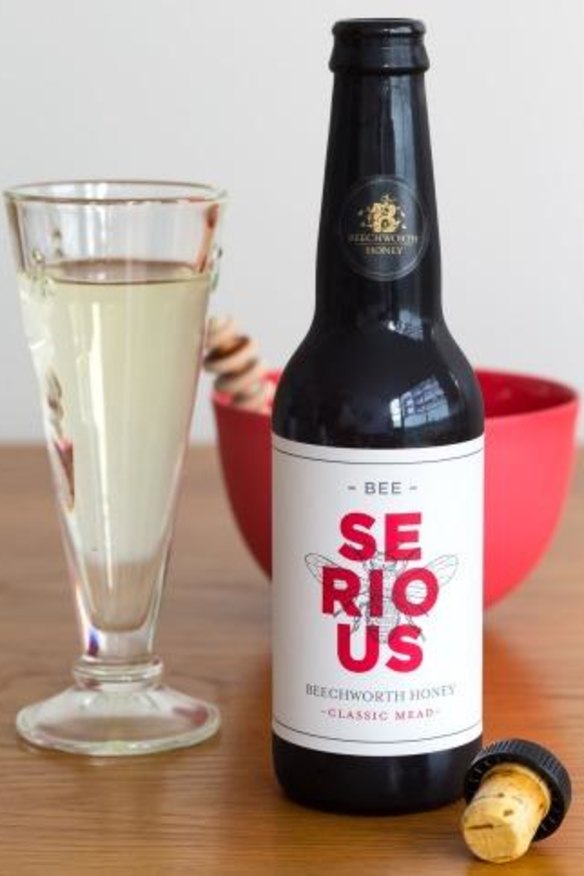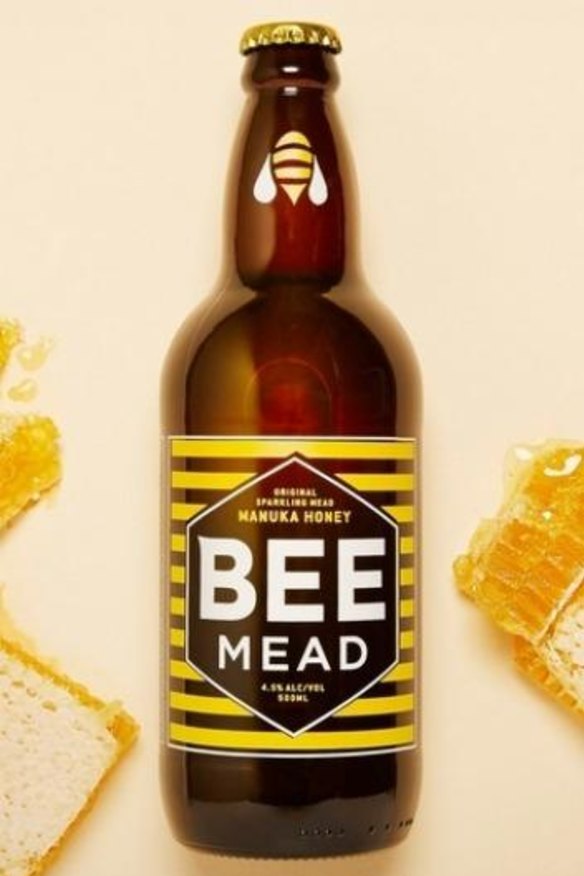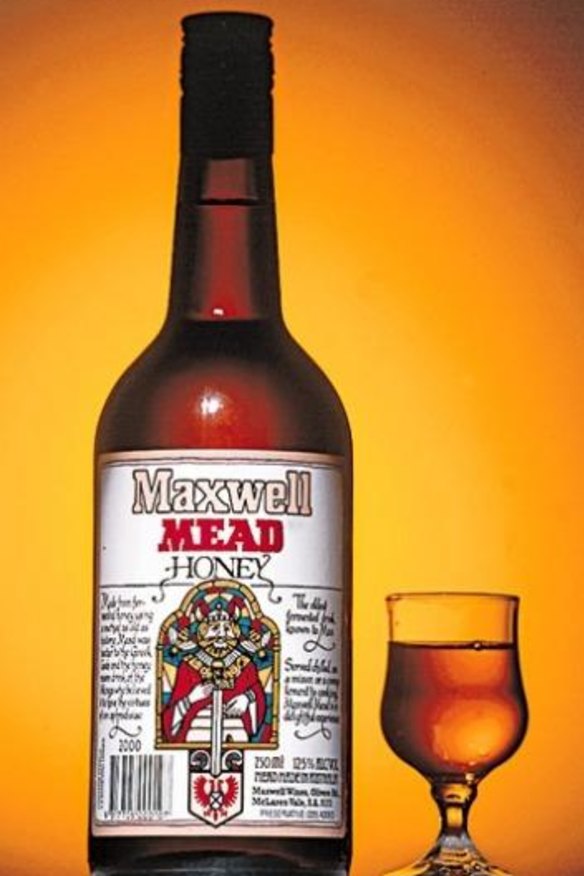Honey-based mead, ripe for revival

Given the rise and rise of craft beer and the similar, if less dramatic, upward trajectory of cider, it would seem logical that mead might also be ripe for a hipster-led, nattily labelled, small-batch, barrel-aged, artisan makeover.
But while honey-based mead has experienced a small-scale craft-beer-like resurgence in the US and Britain (there are now around 250 meaderies in the US), the interest in Australia has been less flap than flutter.
Perhaps it's a northern hemisphere/temperature thing. Mead has long had a Viking association – apparently they loaded up on the stuff before heading off to the next pillaging – that was then pushed into overripe cliche by the whole hippy/Renaissance fair association from the 1960s when people dressed as knights and damsels and swigged bad mead from animal horns and pottery goblets accompanied by lute music and faux Shakespearean sonnets. If that wasn't bad enough, much of the mead was served spiced and heated, which might further explain the indifference to the stuff here beyond the Mists of Avalon crowd.

But mead has a much broader and more interesting tale to tell. It's widely believed to be the most ancient of all fermented beverages, with evidence of it being consumed prior to agrarian societies planting grapes and grain for the purpose of producing booze. It's believed to have been discovered via the happy accident of its three core ingredients meeting up in Africa about 20,000 years ago. Honey from wild beehives in baobab trees would seep into the hollows of the trees, which would also fill with water during the wet season. Add some wild yeast to the equation and you get fermentation, the world's first homebrew industry and, perhaps, proof of divine intervention.
From Africa, mead making spread to Asia and Europe (there are mentions of mead dating back to 6500-7000 BC in northern China and from 2000 BC in Europe). Both Aristotle and Pliny the Elder make reference to mead and most of the action in the ancient Beowulf legend takes place in the mead hall. The term honeymoon dates back to medieval times when mead was the drink of choice at weddings.
Given that honey is not the easiest or most stable basis for fermentation – it has fewer complex sugars than, say, malt and can easily develop some fairly hideous, funky flavours due to a lack of necessary nutrients for the yeast – it's not surprising that mead's popularity and production dropped dramatically as the easier-to-get-along-with cane sugar, grape and grain crops became more established.

There's also the idea that mead is going to be cloyingly sweet, which may have kept people away from it in more recent times. But while some meads are sweet there are also semi-sweet and dry members of the species, as well as still and sparkling versions. Flavour notes can range from floral beeswax to marmalade and apricot.
Some meads are also flavoured with fruit, which are called melomels, or spices, known as methaglyn. Then there is cyser, which is made with apple juice, one of the more popular versions in the current mead revival, given its similarities to cider.
Much of the craft mead stylings from the US – dry hopped meads, barrel-aged, draught mead – are yet to hit Australian shores, though several of the award-winning premium meads from New Hampshire's Moonlight Meadery (including their famed Kurt's Apple Pie) have limited Australian distribution.
Locally, Bee Mead, made in the NSW Southern Highlands, has put out a small range of cute-labelled flavoured and sparkling meads that, while refreshing, tend toward the cyser and the sweet. In north-east Victoria, the fourth-generation beekeepers at Beechworth Honey make four meads across the spectrum from a dry spritzer to a sweeter, more intense style.
For those after a traditional mead experience, producers such as Maxwell in McLaren Vale in South Australia, the largest mead producer in the southern hemisphere, have been fighting the mead fight for several decades, producing a honey mead, a spiced mead and a liqueur mead.
Mead is fairly easily brewed at home which, given that its beer equivalent has its roots in home brew, bodes well for a local craft mead scene. Add the fact that mead is rising in status overseas (Rene Redzepi from Denmark's Noma is using mead in some of his sauces) and we might just see a time in Australia when donning armour or purple crushed velvet is not the first thing that comes to mind when someone suggests a round of mead.
